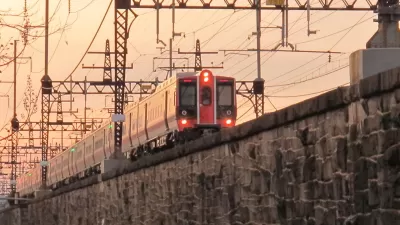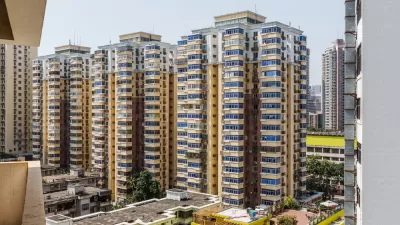A group of industry and policy leaders discuss the current state of the technology and infrastructure that will drive change for the auto industry.
The article features excerpts from a panel at the recent Governors' Climate Summit: The Road to Copenhagen, which was held in Los Angles in October. The panel, "Emerging Technologies: Getting Low Carbon Vehicles on the Road," was moderated by California Air Resources Board Chair Mary Nichols and included executives from the auto industry.
"On the one hand, the energy providers and the oil companies have a natural impulse and fiduciary responsibility to protect business. So too do the auto manufactures have the responsibility to their customers to provide the safest possible vehicle, even beyond regulatory aspects. At the end of the day, it is going to be the consumers who decide what works for them." -Diarmuid O'Connell, Vice President of Business Development, Tesla Motors
"The European automobile industry has given the supplies and infrastructure for keeping their cars connected...I am a bit worried that in the United States you are going to have a very primitive EV connector. If you have one plan for the coming years, you need to have a standardized connection and you need to have a smart interface between the connection, the user, and the grid." -Bharat Balasubramanian, Vice President, Product Innovations and Process Technologies, Daimler AG
"...one of the things I have to applaud California for is being willing to try things despite how damn frustrating that is. You've tried ethanol. You've tried CNG. You tried EV1s. You tried hydrogen. I think the message is that each of these solutions is extremely complicated. It's not just the technology or the vehicle, it is also the infrastructure, the supply team, the consumer, and the value proposition." -Christopher Reynolds, Group Vice President and General Counsel of Toyota Motor Sales, Inc.
Thanks to James Brasuell
FULL STORY: Governors’ Climate Summit: Future of the Automobile Examined

Alabama: Trump Terminates Settlements for Black Communities Harmed By Raw Sewage
Trump deemed the landmark civil rights agreement “illegal DEI and environmental justice policy.”

Planetizen Federal Action Tracker
A weekly monitor of how Trump’s orders and actions are impacting planners and planning in America.

The 120 Year Old Tiny Home Villages That Sheltered San Francisco’s Earthquake Refugees
More than a century ago, San Francisco mobilized to house thousands of residents displaced by the 1906 earthquake. Could their strategy offer a model for the present?

Indy Neighborhood Group Builds Temporary Multi-Use Path
Community members, aided in part by funding from the city, repurposed a vehicle lane to create a protected bike and pedestrian path for the summer season.

Congestion Pricing Drops Holland Tunnel Delays by 65 Percent
New York City’s contentious tolling program has yielded improved traffic and roughly $100 million in revenue for the MTA.

In Both Crashes and Crime, Public Transportation is Far Safer than Driving
Contrary to popular assumptions, public transportation has far lower crash and crime rates than automobile travel. For safer communities, improve and encourage transit travel.
Urban Design for Planners 1: Software Tools
This six-course series explores essential urban design concepts using open source software and equips planners with the tools they need to participate fully in the urban design process.
Planning for Universal Design
Learn the tools for implementing Universal Design in planning regulations.
Clanton & Associates, Inc.
Jessamine County Fiscal Court
Institute for Housing and Urban Development Studies (IHS)
City of Grandview
Harvard GSD Executive Education
Toledo-Lucas County Plan Commissions
Salt Lake City
NYU Wagner Graduate School of Public Service





























